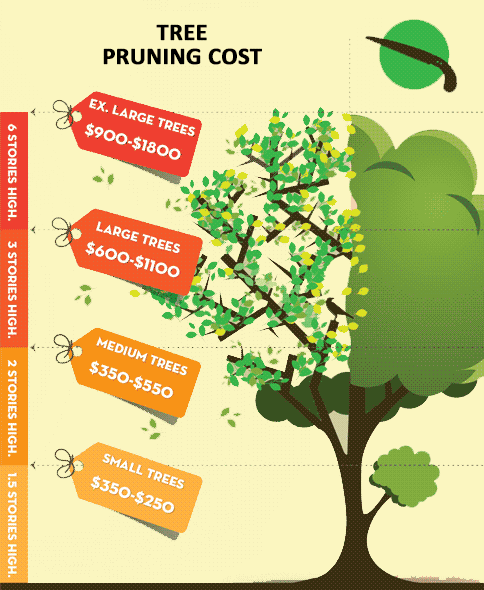Try To Find Considerable Cautions That Your Tree Could Be A Threat; Knowing These Can Help Safeguard Your Home And Your Family.What Should You Watch Out For Next?
Try To Find Considerable Cautions That Your Tree Could Be A Threat; Knowing These Can Help Safeguard Your Home And Your Family.What Should You Watch Out For Next?
Blog Article
Content Develop By-Winther Skovsgaard
When it concerns tree care, recognizing the signs that it's time for removal is essential for your security and residential or commercial property. You could see tarnished leaves, wilting branches, or weird fungal developments suggesting health issue. Structural issues, like a considerable lean or splits in the trunk, can also present risks. Comprehending these warning signs can aid you make notified choices about your trees and protect against potential hazards prowling in your yard. What should visit the up coming website look for next?
Signs of Decay and Condition
When you see signs of decay and illness in your trees, it's important to act rapidly. Try to find discolored fallen leaves, wilting branches, or uncommon developments like fungi. If A Neighbor Tree Falls On Your Property Who Is Responsible For Its Removal can indicate that your tree is having a hard time.
If you see fractures in the bark or soft, mushy wood, these signs recommend internal degeneration. Additionally, a sudden boost in insects around your tree can indicate that it's weakened and susceptible.
Check for any kind of dead or dying limbs, as they present a danger to your property and security. If you're uncertain regarding what you see, consulting an arborist can give quality.
Resolving these indicators early can save you from a lot more considerable damages and make sure the wellness of your lawn. Don't wait till it's too late.
Structural Instability and Leaning
As you observe your trees, keep an eye out for any type of indicators of architectural instability or leaning. If a tree leans significantly, it might indicate that the root system is compromised.
Search for any kind of cracks in the trunk or dirt around the base; these can signal potential failure. Additionally, check for uncommon development patterns, like an unbalanced crown, which may suggest that the tree is battling to hold itself upright.
If you notice that the tree leans toward your home, power lines, or other structures, it positions a higher danger. Do not ignore these signs-- consult an arborist to analyze the circumstance.
Doing something about it early can avoid pricey damages and guarantee your safety and security.
Dead or Perishing Branches and Vegetation
If you see dead or dying branches and vegetation on your tree, it's a clear indicator that something's wrong.
These unhealthy locations can indicate underlying problems like condition, parasite invasions, or environmental anxiety. When branches shed their fallen leaves or turn brownish, they're no more contributing to the tree's health. Ignoring these signs can bring about further decline, making your tree much more harmful.
Dead branches can quickly break short throughout tornados, posturing a risk to home and people close by. It's vital to assess the level of the damage.
If the problem affects a significant part of the tree, take into consideration consulting a specialist. They can aid determine if elimination is essential to guarantee safety and security and maintain the appeal of your landscape.
Verdict
If you discover any type of signs of decay, structural instability, or dead branches on your trees, don't ignore them. These indicators can present major safety dangers to you and your property. It's constantly best to consult an expert arborist that can provide a professional analysis of your trees. Doing something about it early can prevent crashes and costly damage, ensuring your landscape remains safe and healthy and balanced. Remember, it's much better to be aggressive concerning tree care than to wait on a catastrophe to occur.
